Becoming a Deccani artist: Tracing the history of Hyderabad’s School of Art and Crafts
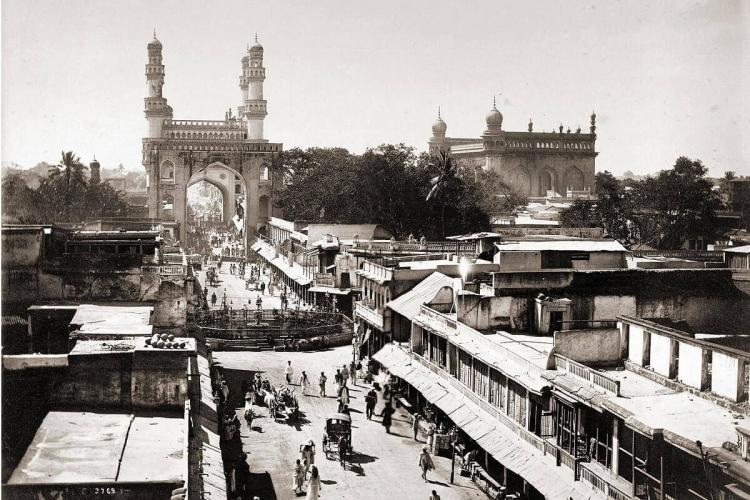
In the 1930s and 40s, debates on education across India focused on designing job and industry-oriented technical and vocational training. Against this backdrop, Hyderabad nurtured a second focus — that of preserving and promoting its artistic heritage from ancient monuments to contemporary artisanal skills. In 1940, the Central School of Art and Crafts (now Jawaharlal Nehru Architecture and Fine Arts University) was established in Hyderabad. This school shared the pan-Indian concerns about employment after education, but wanted students to draw upon the ancient and existing examples of Deccani art and crafts. The aim of the school was to address the question of unemployment by engaging with Deccani art and culture. This essay is an attempt to reflect upon this approach and the nature of the regional consciousness engendered thus by looking at the works of art that the school’s students produced.
In his Punjab University convocation speech in 1925, Nawab Akbar Hydari proposed the establishment of an art school near the ancient Deccan caves of Ajanta so that students could study and learn from its sculptures and paintings. (Prior to the formation of linguistic states in 1956, Ajanta caves were in Nizam’s Hyderabad-Deccan State). While this particular proposition could not materialise, it was during Hydari’s service as Prime Minister to the Nizam’s government that the School of Art and Crafts was founded. Unsurprisingly, Ajanta caves strongly impressed their presence in shaping the syllabus and planning the pedagogical activities of the school.
The curriculum was structured such that students referred to and copied from the ancient and medieval paintings, sculptures and architectural motifs of the Deccan, to complement their classes in the history of art. One of the several things that these exercises offered to the students was a way to visualise the myths, stories and glories of the region’s past in their paintings. On the other hand, the training in different craft skills, such as weaving Paithani brocades and borders, Himroo and Mashroo, Warangal durries and carpets meant a continuation of Deccani textile traditions, while also enabling self-employment or joining the industry as trained modern artisans. The pedagogical ecology of the school can be discerned from the following examples of painting that its first group of students produced, printed in black and white in the bulletin Hyderabad Information in March 1944 (preserved in the Telangana State Archives, Hyderabad).

Anonymous student, The Old Goshamahal Houz, ladies of the royal family in pleasure boats
The above painting shows the ladies of the royal court in pleasure boats in Goshamahal Houz. Goshamahal (gosha means veil) in Hyderabad was a large palace complex with a baradari (a building or a pavilion with 12 arched openings for free flow of air) on the one end and a 12-foot deep houz (large water tank) at the centre. The palace had a thousand rooms, built as a secluded place for royal women during the reign of Sultan Abdullah Qutb Shah (1626-1672) and Abul Hasan Tana Shah (1672-1686). But by the late 19th century, the palace and the houz had disintegrated completely, leaving the baradari to stand alone. In 1872, the Nizam VI, Mahboob Ali Khan (1869-1911), gave the existing structures of the palace to the Freemasons of Hyderabad and Secunderabad to organise their meetings and congregations.
So, the student in the 1940s had to imagine this painting on the basis of his studies of medieval Deccani miniature, Asaf Jahi architecture, and the contemporary costumes worn by women. A sense of nostalgia is apparent in the theme of this painting. While nostalgia was one of the dimensions relating to Hyderabad’s past, the other more remarkable engagement reflects in the column titled ‘Ancient and Modern Hyderabad’ in Hyderabad Information.
It published the stories of both pre-modern archaeological structures, and modern Asaf Jahi buildings by noting their importance. It may be about the famous Charminar or obscure Jam Singh temple in Hyderabad city or it may be about the Osmania Hospital built in Turko-Egyptian design in 1926. Thus, the framework of Deccani cultural consciousness that evolved through Hyderabad’s modernisation in the early 20th century also informed the pedagogical exercises at the school.
It may be useful to schematically contrast this approach with the most prominent revivalist art movement in India, the Bengal School of painting, to reflect upon their differences. In the 20th century, the artists of the Bengal School referred specifically to the pre-modern and pre-colonial sources of Indian painting. It was premised on shaping a language of painting imbued with spiritual experience, in contrast to the materialist attitudes of Western painting. This instrumental approach to the pre-modern art was motivated by the specific political needs of contesting the British colonial other.
But in the case of Hyderabad, the British presence did not assume the position of a ‘political other’. Thus the artists as well as art pedagogy at the school liberally referred to, copied and interpreted a range of artistic forms, along with the stories and myths of the Deccan without being either revivalists or anti-colonial nationalists.

Anonymous student, Bhagmati’s first meeting with her royal lover
Bhagmati’s First Meeting with Her Royal Lover was yet another work of imagination, based on the most popular Deccani legend of love between a Hindu Bhagmati and the Muslim prince Quli Qutb Shah, the founder of Hyderabad city. In its popular form, the legend contained different adventures, such as their crossing the barriers of class and community — Quli’s crossing of the Musi river to meet his lover, facing its dangerous currents. The painting shows the meeting of Quli and Bhagmati in the fashion of a chance encounter, pointing at the seemingly mystical beginnings of a love story.
The students of the school copied this painting repeatedly in the same format for several decades even after Independence. It shows the continuity of certain pedagogical exercises at the school where the ideas of Deccan jostled with the new forms of citizenship and political identity.
In the early 20th century Hyderabad, unlike in British India, a specific configuration of culture took place through a process of modernisation that did not involve anti-colonial nationalism. However, the concepts of identity and belonging such as ‘Deccani’ or ‘mulki’ shaped not only the space of political representation but also impressed the setting up of cultural and pedagogical institutions in Hyderabad state. These ideas rendered the production and consumption of arts, crafts and industrial goods with a certain regional consciousness. Remarkably, this consciousness was not just ideological but clearly reflected in the actual material skills of making objects of art and craft.

The tray presented to Prince Moazzam Jah Bahadur
The above tray was presented to Prince Moazzam Jah Bahadur at the inauguration of the first art exhibition organised by the school. The tray displays the collaboration between art and craft students. It depicts the female figures framed within the architectural columns that were skilfully copied from Ajanta painting. The Ajanta caves, its paintings and sculptures that the students referred to regularly became an important source of inspiration.
Through such a training of art, the institutional and the hegemonic form of Deccani consciousness and ideas of tradition shaped the sensibilities, skills and intellectual frameworks of the practising students. Thus, to become an artist or an artisan was to simultaneously become Deccani. Like any skill practice, it meant a transformation of both the body and the mind. It is evident from the context of visual art practice and training in the early 1940s Hyderabad that it involved an attempt at creating and articulating a possible future of belonging to the Deccan — one that shattered in 1948 with the state’s annexation.
After Hyderabad’s merger with the Indian union in September 1948, the narrative of the ancient glory and the future growth of the new Indian nation forcefully entered the representational space and domain of political consciousness in Hyderabad-Deccan. While it introduced new and competing positions between the region and the nation, it also enabled flows of ideas and artists across different regions affecting art practice as well as art pedagogy. The training in the school continued by referring to the past, not in terms of engaging with Deccani glory but more as a pedagogic convention. On the other hand, for the artists referring to the cultural and traditional forms of Deccan as a region, it became a personal and biographical engagement with the past as living and transforming present.
This article was first published in The Newsminute as a part of the Deccan series.
Related Articles
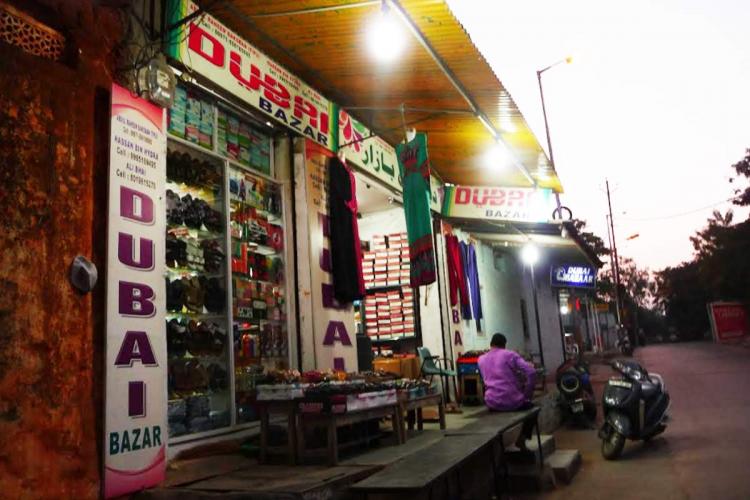
Hyderabad’s distinct Chaush community has roots in Yemen
At a time when Muslims in India are constantly asked to display their nationalism and explain their choices of food, love and profession, it is important to remember that identity is not a monolith. It is historically constructed and multidimensional. Neither can it...
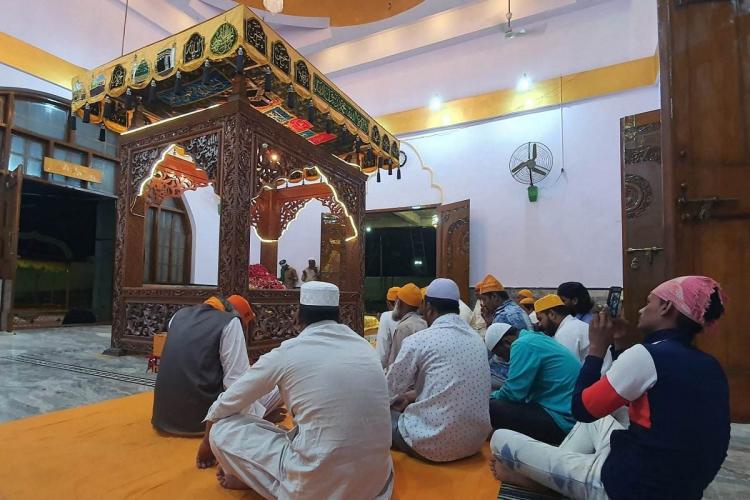
How the Dakhni language defines cultural intimacy and regional belonging
In mid-2019, I embarked on a month-long language homestay program in Jaipur to train myself in spoken and written Hindi. After which, I confidently journeyed to Hyderabad to commence my fieldwork for my PhD dissertation in anthropology. To my dismay, I found it...
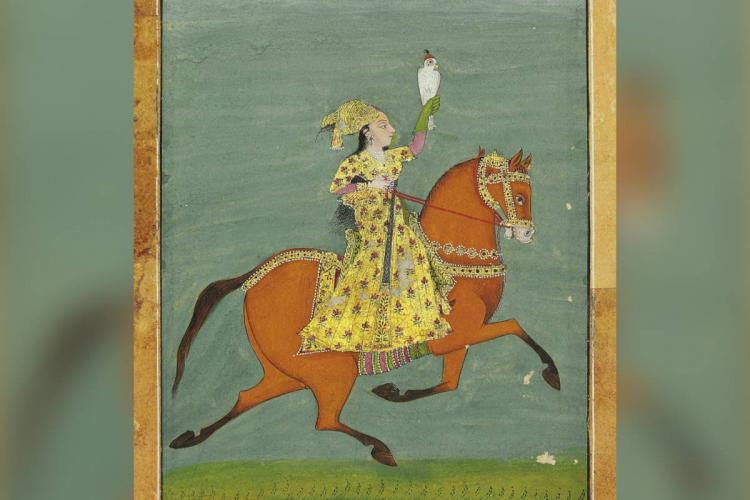
Chand Bibi, a queen from the multi-ethnic medieval Deccan
Where in the historical record and in historical consciousness does Chand Bibi (1550-1600) – the queen regent of Bijapur and Ahmadnagar – belong? Chand Bibi Sultan is well-known in India for valiantly defending her natal kingdom of Ahmadnagar in 1595, from the most...
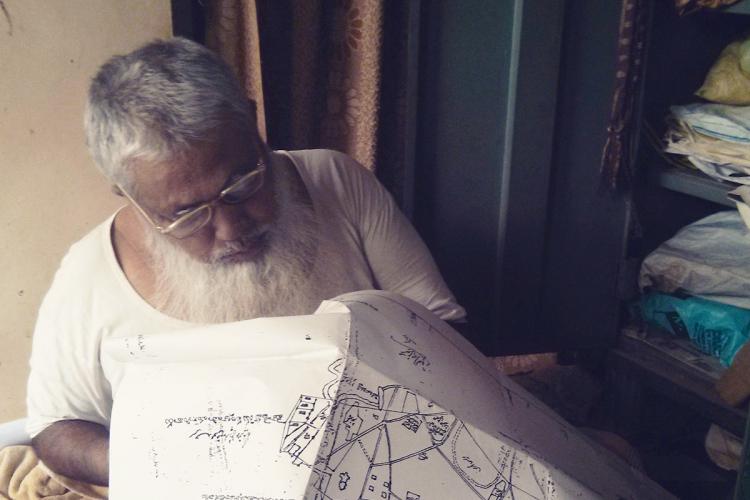
Search for the past: Stories from the dusty archives of the Deccan
As I sifted through some administrative reports of the Asaf Jahi state at the Telangana State Archives in Hyderabad, the archivist/official, a very patient man, sat there trying to match the details written on a small piece of white paper with the endless lists from a...

What the Hyderabad-Deccan region teaches us about belonging
During fieldwork for my PhD on Hyderabad-Karnataka in the year 2017, I was interviewing women migrants from the region living in Bengaluru and working as construction labour, about their experience of migration. The region is one of the most neglected parts of...
